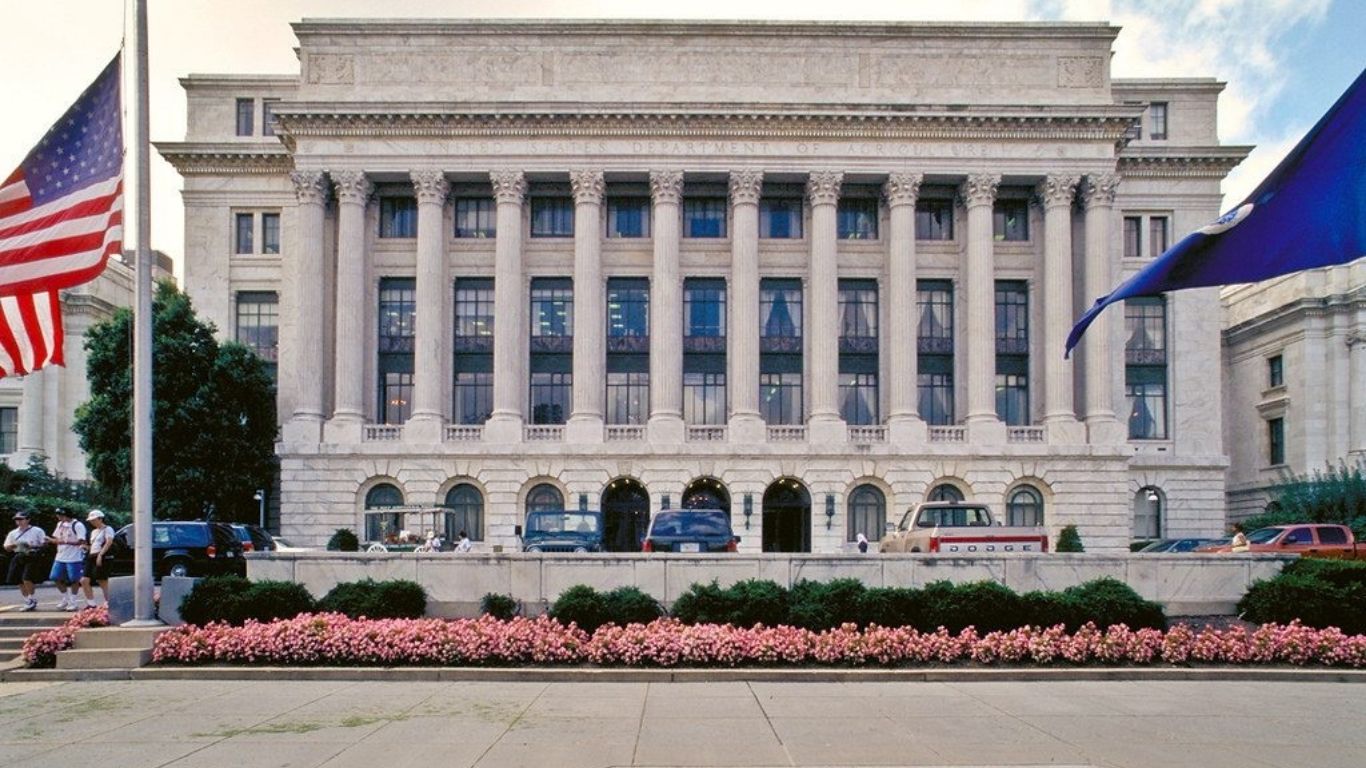Economists and experts warn that with little regulation and growing adoption, America’s crypto gamble under Trump’s administration risks financial chaos.
In a bold and controversial pivot, the United States—once cautious about digital currencies—now appears to be fully embracing cryptocurrency, spurred on by President Donald Trump’s second-term policies. But as the government rolls out the welcome mat for crypto without guardrails, a looming financial crisis may be on the horizon, experts warn.
From meme coins to decentralized exchanges, the fast-paced expansion of digital assets in the U.S. is drawing sharp criticism from economists, policy analysts, and consumer advocates alike. At the center of the concern is a lack of meaningful federal regulation, a feature—not a bug—of the current administration’s stance on financial innovation.
A President, A Policy, A Problem
In the early weeks of his second term, President Trump signed an executive order legitimizing cryptocurrency, signaling an aggressive shift from the cautious regulatory tone of the Biden administration. Not only did Trump welcome the industry with open arms, but he also released a personal meme coin, further blurring the line between speculative novelty and national policy.
This abrupt reversal in regulatory philosophy has many analysts sounding the alarm. A report from the Federal Reserve Bank of New York starkly warns that continuing down this path may lead the U.S. into a repeat of the Great Recession—this time, driven not by mortgage-backed securities but by speculative digital assets lacking institutional safeguards.
Volatility Without Oversight: A Recipe for Disaster
Cryptocurrency’s foundational appeal lies in its decentralization. No central bank controls it, no single government backs it. But this very freedom is also its Achilles heel. Digital currencies are inherently volatile, subject to boom-and-bust cycles driven by speculation, social media hype, and market manipulation.
From the Bitcoin crash of 2011 to the devastating collapse of FTX in 2022, crypto markets have repeatedly proven their instability. The lack of oversight means investors can lose life savings overnight, and unlike traditional finance, there is no recourse, no FDIC insurance, no accountability.
Even worse, some consumers take out loans or use credit cards to invest in cryptocurrency—leveraged bets that could exacerbate systemic risks if markets crash again.
Crypto’s Double-Edged Sword for Black Communities
Among the more complex dynamics is the role of cryptocurrency in Black communities, where many have turned to digital assets as a potential path to generational wealth. Distrust in the traditional banking system—stemming from a history of discrimination and exploitation—has led some to view crypto as a more equitable alternative.
But without financial education and protections, these same communities may be more vulnerable to crypto scams, sudden market drops, and platform failures. Hope without infrastructure is a dangerous formula.
As one analyst put it: “You can’t build generational wealth on the bed of an industry as risky as this one.”
Scams, Schemes, and Digital Deception
One of the darkest realities of crypto’s rise is the explosion of fraud. From rug pulls to pump-and-dump schemes and misleading decentralized exchanges, the ecosystem has become fertile ground for bad actors.
The decentralized nature of many platforms means that once funds are lost, they’re often gone forever. Victims have no governing body to appeal to, no fraud hotline to call. This regulatory vacuum is both a feature celebrated by crypto enthusiasts and a nightmare for consumer protection.
The Wealth Gap Widens
Unsurprisingly, the current trajectory benefits wealthy early adopters and tech-savvy investors, while average Americans shoulder the majority of the risk. Without oversight, crypto acts as a wealth amplifier for the rich, not a democratizing tool for the masses.
As the crypto market intertwines with traditional finance—through ETFs, major institutional investments, and retail speculation—the potential for systemic contagion increases. Cryptocurrency is no longer a niche experiment; it’s becoming deeply embedded in America’s financial DNA, without the immune system to fight off major infections.
The Urgent Need for Regulation
While some crypto advocates argue that regulation would undermine the decentralized ethos of digital currency, federal safeguards are essential for long-term stability. The financial sector, from banking to securities, is governed by rules that ensure transparency, accountability, and investor protection. Crypto should be no different.
A comprehensive regulatory framework would:
- Establish oversight bodies for digital asset exchanges
- Require disclosures and risk warnings for crypto-based loans
- Implement anti-fraud protections for investors
- Integrate crypto into existing financial watchdog systems
Until that happens, America’s crypto gold rush will remain dangerously unstable, a bubble waiting to burst.
Conclusion: Standing on the Brink
The United States finds itself at a critical inflection point. Its embrace of cryptocurrency without regulation is not just risky—it’s potentially catastrophic. As financial institutions, investors, and even vulnerable communities pile into the crypto craze, the lack of oversight is a glaring gap that threatens to derail economic stability.
If history has taught us anything, it’s that booming, unregulated industries eventually crash. The question is not if—it’s when.



